Nothing says “elegance” and “culture” like a bonsai tree. Bonsai, or “tray planting,” is the ancient Japanese art of planting ordinary trees in small trays so that they grow into miniature versions of themselves. It has always been an art for the wealthy, who sometimes pay hundreds of thousands, even millions, of dollars to get prized bonsai trees.
Are you a bonsai enthusiast and want to know more about the priciest bonsai trees in the world? Keep reading to find out which bonsai ranks number one on our list of the top most expensive bonsai trees.
How Do You Determine the Price of a Bonsai Tree?
Many things go into determining the price of a bonsai plant, with age being one of the top considerations. Bonsai is an art form that takes years, and sometimes decades, to finish. Species are another factor, with some species of trees being more sought after than others.
Artistry is still another consideration. Bonsai artists spend years painstakingly pruning the tree to grow in certain places and not in others. The shape of the trunk and branches has a lot to do with the artistry of a bonsai tree. Bonsai artists attach wires to the limbs and trunk to encourage them to bend or twist into fun, unexpected shapes not typically seen in any plant.
Bonsai artists spend years “training” their trees. They encourage, shape, and care for them, never knowing if the trees will grow to match their visions for them in the end. And, if something goes wrong and the tree does not come out as desired, all that time and effort could be wasted.
This massive investment of time and effort is one of the significant reasons bonsai trees can be so expensive. The artist behind the bonsai tree matters as well. Big-name artists command top prices. For example, the work of legendary bonsai artist Masahiko Kimura regularly commands some of the highest prices.
The Most Expensive Bonsai
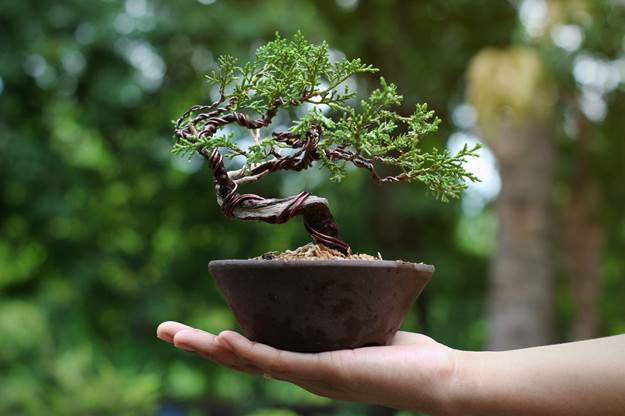
In general, the juniper bonsai is the world’s most expensive type of bonsai. Old, high-value juniper bonsai specimens are scarce, and there are nowhere near enough for every collector who wants one. They often go for tens to hundreds of thousands of dollars.
The most expensive bonsai ever sold was a juniper. It went for an astonishing 2 million dollars because it was such a unique specimen. It was 250+ years old and had been lovingly tended from generation to generation until its sale in 1981.
The juniper’s appeal as a bonsai is that it responds well to aggressive training, with the trunk and branches easily bent into strange and exciting shapes. Because of this, old juniper bonsai are among some of the most fascinating and beautiful examples of the art.
Although $2 million is the world record holder for the most expensive bonsai, a few runner-ups come close in value.
The Ficus Ginseng
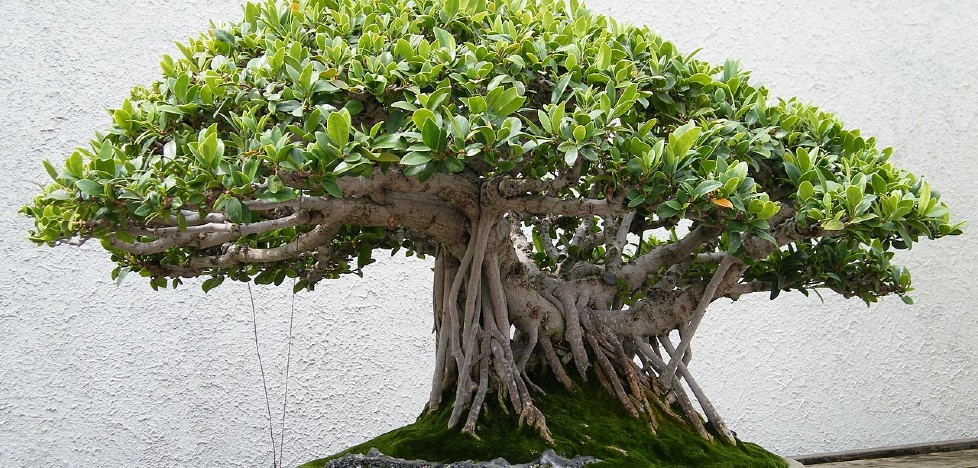
The first runner-up for the most expensive title is the ficus ginseng bonsai on display in Vietnam. This expensive tree is a giant specimen and is hundreds of years old. However, its owner has never allowed its age or actual value to be officially assessed.
However, its value has been estimated and is believed to be well over $1 million, possibly almost as high as $2 million. The ficus ginseng usually makes for a visually impressive bonsai, and specimens tend to go for thousands of dollars, with especially prized specimens going for tens of thousands.
The S-Cube Japanese White Pine
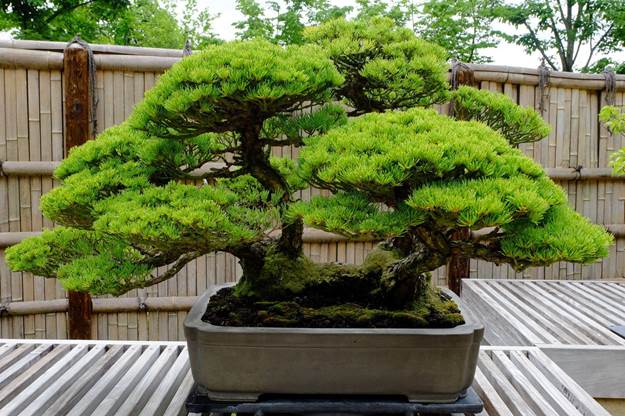
Japanese white pines make very symmetrical bonsai trees, unlike many other species, which tend to be trained into intriguing asymmetrical shapes. The symmetry of the pines makes them rather popular because they look different than most other examples of the art.
A white pine bonsai is the third most expensive bonsai in the world, having been sold for nearly $1.3 million at the Asia Pacific Bonsai and Suiseki Convention and Exhibition by S-Cube, the renowned bonsai organization. It was thought to be more than 800 years old, with an incredibly thick, mighty trunk, shapely branches, and dramatic roots.
The Yamaki Pine
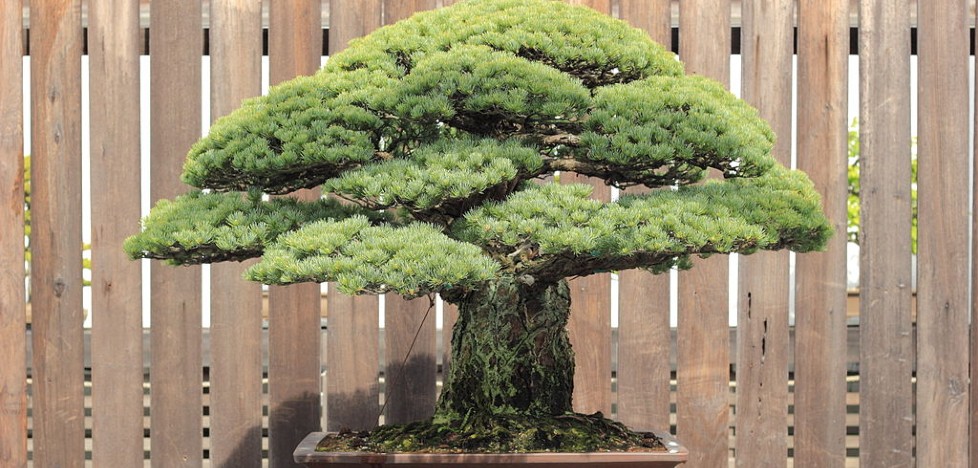
The Yamaki pine is also a Japanese white pine valued at $1 million. It’s visually impressive, with its straight, thick trunk that makes the tree look giant when seen from a great distance. However, what makes it truly unique and valuable is its history.
In 1945, this tree was in Hiroshima when an atomic bomb leveled the city. Although its nursery had been destroyed, the tree miraculously survived. It can be seen in the background of news footage of the day. Then, in 1976, it was given to the United States to celebrate its bicentennial. It now sits in the National Arboretum, a symbol of the close ties between Japan and America.
The Five Needle Pine
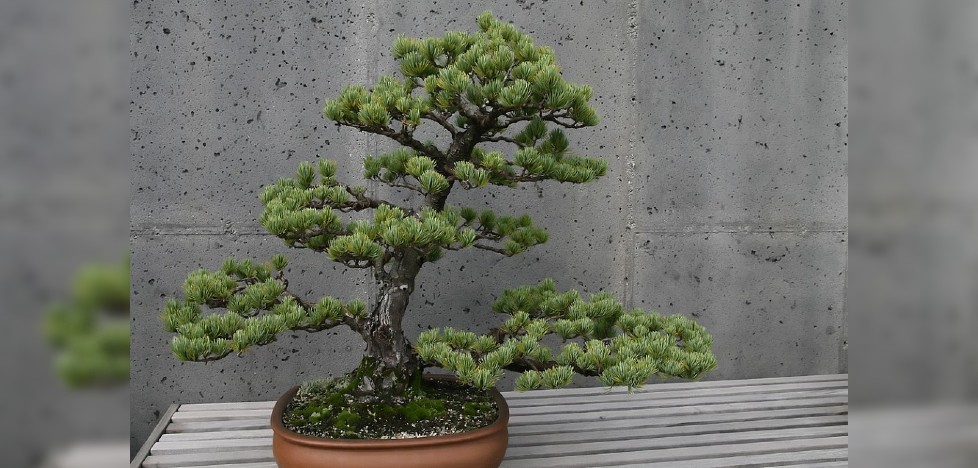 The five-needle pine, also known as the Ulleungdo pine, is another highly sought-after type of bonsai tree. It grows quickly, allowing bonsai artists to promptly achieve some fascinating shapes by art standards. One five-needle pine specimen sold for $600,000, making it the fifth most expensive bonsai tree in the world.
The five-needle pine, also known as the Ulleungdo pine, is another highly sought-after type of bonsai tree. It grows quickly, allowing bonsai artists to promptly achieve some fascinating shapes by art standards. One five-needle pine specimen sold for $600,000, making it the fifth most expensive bonsai tree in the world.
The Shimpaku Juniper
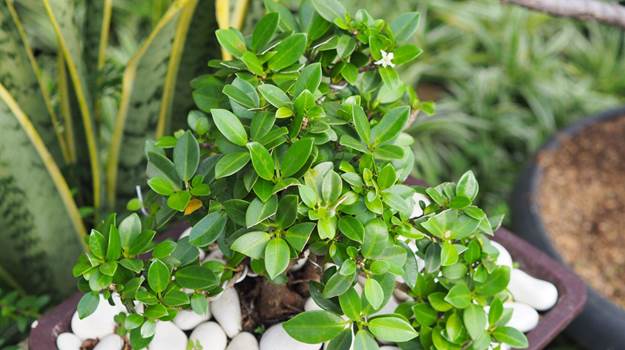
This juniper is another bonsai with a story to tell, though not such a dramatic one. The Seiji family, the owners of the tree, kept it in their garden, and it was stolen from the garden along with several other valuable plants. Devastated by the loss, the Seijis were astonished that the thieves had inexplicably abandoned it in a nearby park but were happy to have it returned to them. It was the only plant they got back, but it was the most valuable one. The tree is about 400 years old and is valued at $91,000.
The Trident Maple
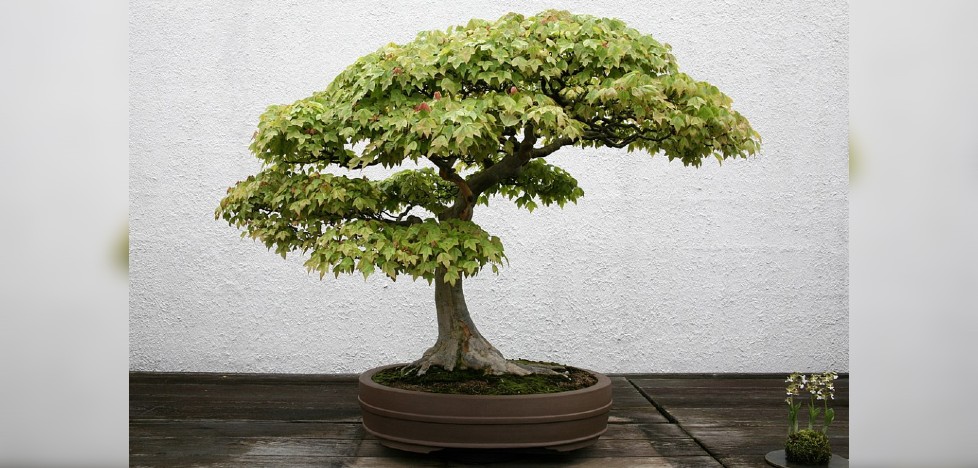 The Trident maple is a type of Japanese maple, which is a much sought-after type of bonsai. The foliage in the autumn is quite spectacular to behold, with striking gold, red, and orange leaves. The branches are incredibly flexible, too, making this tree very responsive to extensive bonsai training. The combination of incredible foliage and beautiful shapes means that the Trident maple always makes a beautiful plant. Examples often sell for several thousand dollars, with some reaching almost $20,000.
The Trident maple is a type of Japanese maple, which is a much sought-after type of bonsai. The foliage in the autumn is quite spectacular to behold, with striking gold, red, and orange leaves. The branches are incredibly flexible, too, making this tree very responsive to extensive bonsai training. The combination of incredible foliage and beautiful shapes means that the Trident maple always makes a beautiful plant. Examples often sell for several thousand dollars, with some reaching almost $20,000.
The Chinese Elm
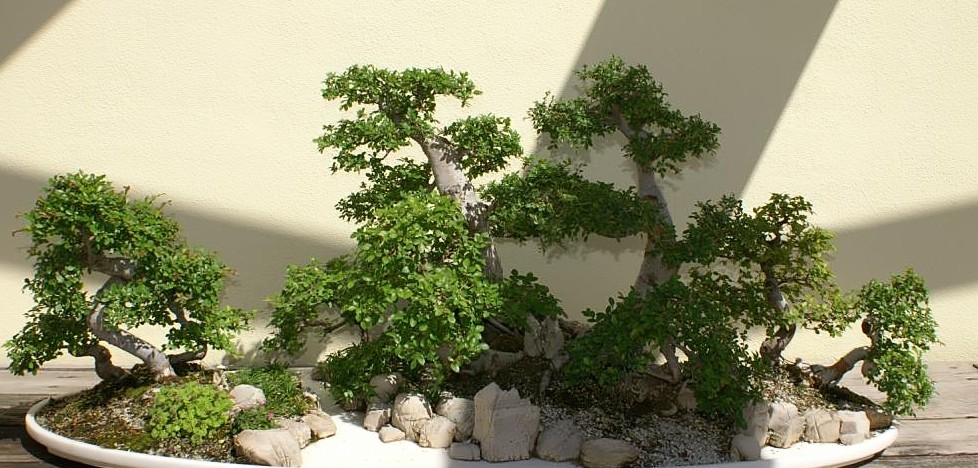 The Chinese Elm is famous for its beautiful twisting trunk, making every Chinese elm bonsai unique and exciting. Although these are standard bonsai trees, old or especially intriguing specimens go for thousands or even several thousands of dollars.
The Chinese Elm is famous for its beautiful twisting trunk, making every Chinese elm bonsai unique and exciting. Although these are standard bonsai trees, old or especially intriguing specimens go for thousands or even several thousands of dollars.
